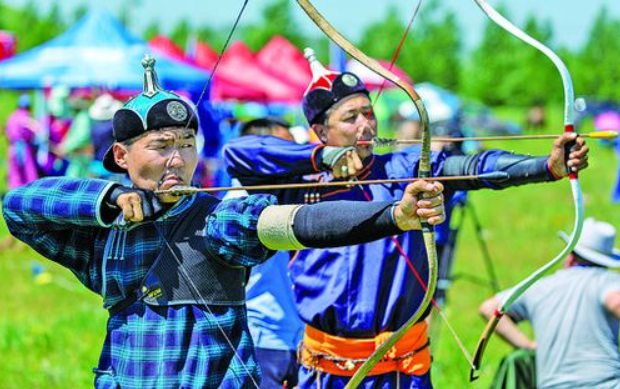Release time:2025-08-11 16:11:31Clicks:author:SPG ArcheryMain categories:Bows, Arrows, Archery Accessories

Archery is a very primitive art, dating back to the Stone Age. Unearthed bow and arrow artifacts in China date back 28,700 years. Archery is simple: with just a rope and two sticks, an average person can learn to draw a bow and shoot in just five minutes. However, archery is also challenging. Achieving accuracy and skill is not a one-time achievement, let alone the traditional Chinese belief that archery cultivates the mind and cultivates virtue—a lifelong pursuit.
Over the past century, traditional Chinese archery techniques and culture have experienced a gap. While it's difficult to recapture the splendor of ancient Chinese archery culture today, we can still explore and appreciate the essence of traditional archery through our own efforts and enjoy its joy.
The art of archery is the method of shooting. Changes in archery techniques stem from practical needs, and these changes are primarily driven by time, place, and people.
Time: Archery on foot, Archery on horseback; Archery with a civil or military purpose; Rapid or long-range shooting. Different periods had different primary uses and shooting methods. Civil archers find martial archery inelegant, while martial archers find civil archery complex and impractical. Accurate archers feel that practicing rapid-fire techniques ruins their accuracy, while mounted archers find aiming methods insignificant. These are the different ways different uses influence archery techniques.
Region: England developed the wooden longbow, Japan the bamboo composite longbow, and China and Central Asia the sinew and horn composite bow. These regional differences led to varying equipment requirements for bow and arrow production, and archery techniques evolved accordingly. A Turkish bow using the Japanese Kyudo method lacks draw length, while a Japanese bow using the standard short-draw method simply cannot deliver its full power. Therefore, archery techniques vary depending on location and equipment. Individuals: Individual preferences lead to different archery styles having their own adherents; people have traditions, which allow different archery schools to be inherited and passed down. However, humans also have a tendency to be lazy, so simple and practical archery techniques are popularized, while complex and difficult techniques are gradually eliminated. The three-finger and thumb-style archery techniques that are most common today were chosen through historical selection.
There are countless archery techniques (or schools) recorded or passed down throughout history, both in China and abroad, each with its own strengths and weaknesses. By carefully considering the purpose, equipment characteristics, and personal preferences, you can make a clear choice among the ever-changing archery techniques.
The unchanging nature of archery stems from the consistency of its fundamental purpose, evaluation criteria, and principles. The bow and arrow originated from hunting and warfare, and subsequent developments have always remained true to its nature as a projectile weapon. Even in highly ritualized settings, accuracy remains a fundamental criterion for judging archery. However, the traditional bow and arrow equipment is truly simple: a rope and two sticks. Regardless of the style, the fundamentals for accuracy are skeletal support, linear force, viewing the small as the big picture, and a righteous mind. Master one principle, and you'll master all. This is the unchanging essence of all archery techniques!